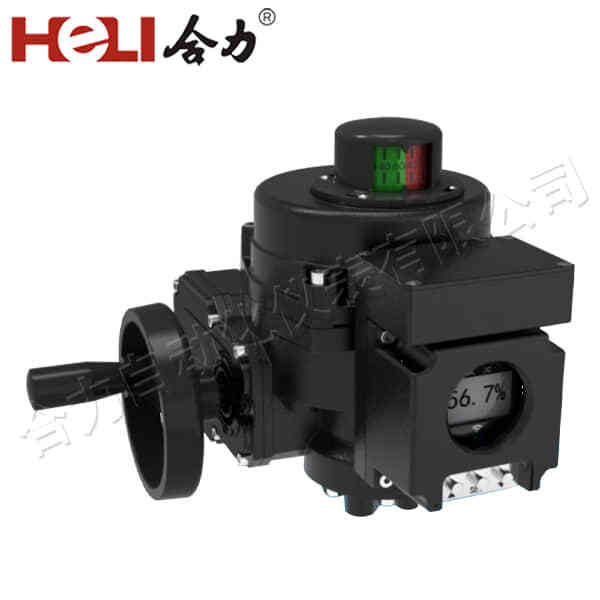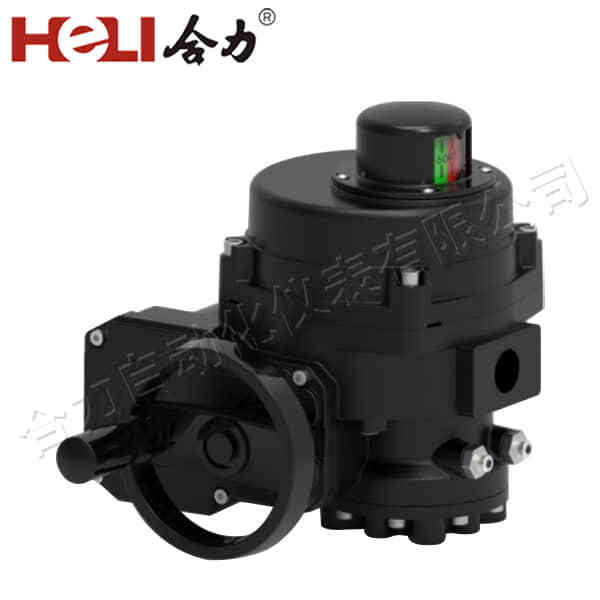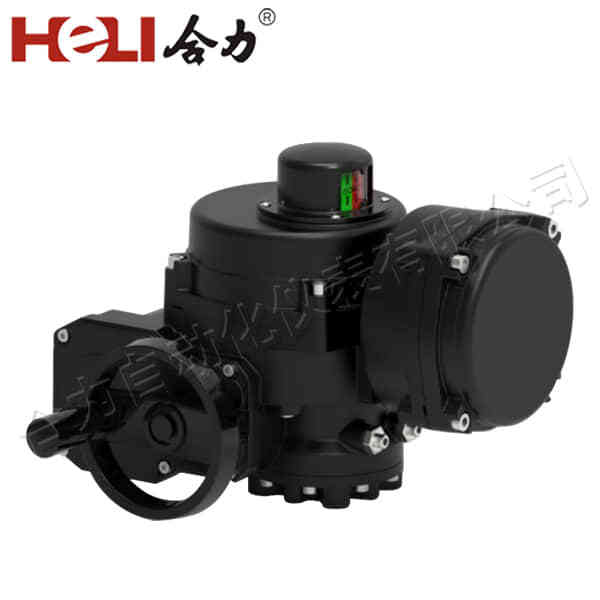Electric actuator valves are integral components in modern industrial control systems, offering precise and reliable automation for controlling fluid flow in various applications. By integrating an electric actuator with a valve, industries can achieve efficient, consistent, and automated fluid management. This article will explore the working principle, types, advantages, and applications of electric actuator valves in today’s industries.

What is an Electric Actuator Valve?

An electric actuator valve combines two essential elements: an electric actuator and a valve. The electric actuator converts electrical energy into mechanical motion, which, in turn, operates the valve to control the flow of fluids (liquids, gases, or steam) in a pipeline. These valves can be automatically controlled by a variety of systems, including PLCs (Programmable Logic Controllers) or DCS (Distributed Control Systems), enabling remote monitoring and adjustment. The electric actuator itself typically consists of a motor, gear mechanism, position feedback system, and limit switches. The motor drives the valve stem, which either opens or closes the valve depending on the command it receives. In addition to opening and closing the valve, electric actuator valves can also modulate the flow, offering adjustable control for precise applications.
